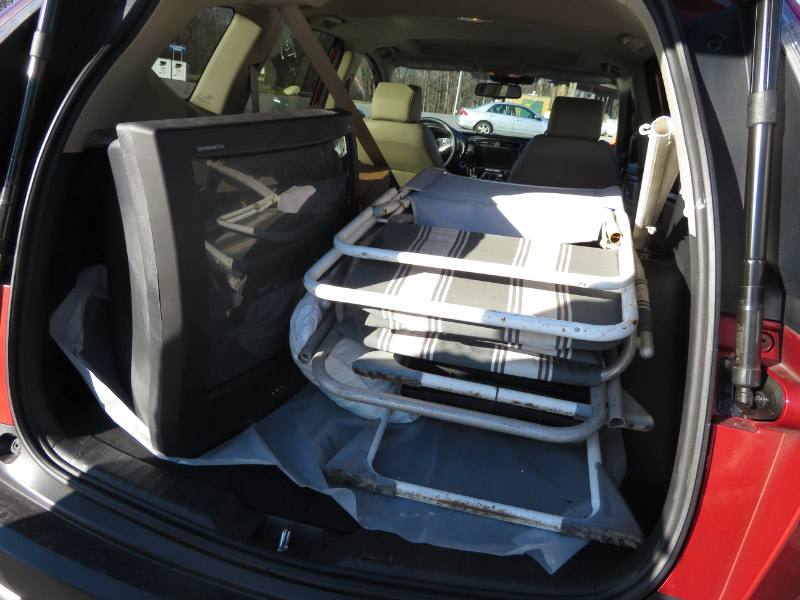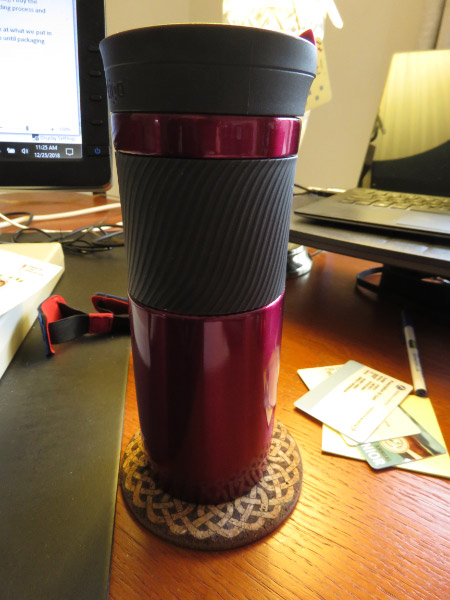Gleanings of the Week Ending April 6, 2019
/The items below were ‘the cream’ of the articles and websites I found this past week. Click on the light green text to look at the article.
BBC - Future - What happens when we run out of food? – Even in the US, nearly 12% of households re classed as being food insecure; more than 6.5 million children go without adequate food. And the whole food system can be disrupted very easily by war and very bad government all around the world.
Refugee women have healthier pregnancies than US women -- why? An unhealthy US culture: For African refugee women, acculturation may negatively impact health -- ScienceDaily – I was surprised that the researchers did not explore the idea that maybe the value of early pre-natal care is overrated for people that are generally healthy when they get pregnant since the refugee women tended to not start pre-natal care until their 2nd trimester.
Top 25 Wild Bird Photographs of the Week: Migration – National Geographic Society - Birds are migrating through our area…we’re seeing more robins…and the juncos will leave soon to go further north. These pictures feature birds from around the world…that are migrating.
Hospital disinfectants should be regulated like antibiotics new study suggests – It’s not just antibiotics that drive antimicrobial resistance…it’s disinfectants (particularly in hospitals) too.
BBC - Future - The unexpected magic of mushrooms – New items made from fungus...replacing some kinds of plastics. It’s good that fungi are so plentiful on the planet – exceeding the biomass of all animals.
An Island Apart – Acadia National Park’s Isle ad Haut. A very different experience from Mount Desert Island
Beautiful cherry blossoms photos – Our cherry tree is in bloom right now. I guess cherry trees are enjoyed around the world very year about this time. There is a picture of the cherry trees around the tidal basin in Washington DC included in the pictures.
Green tea cuts obesity, health risks in mice: Follow-up study in people underway -- ScienceDaily – More research needed…. but I am enjoying green tea already (my favorite is a blend with mint).
Make A Home for Wildlife – Cool Green Science – Some ideas for creating an oasis for wildlife --- it doesn’t take much to help pollinators or birds!
Why did Flamingos flock to Mumbai in record numbers this winter? – 120,000 flamingoes…that’s a lot of birds!




























